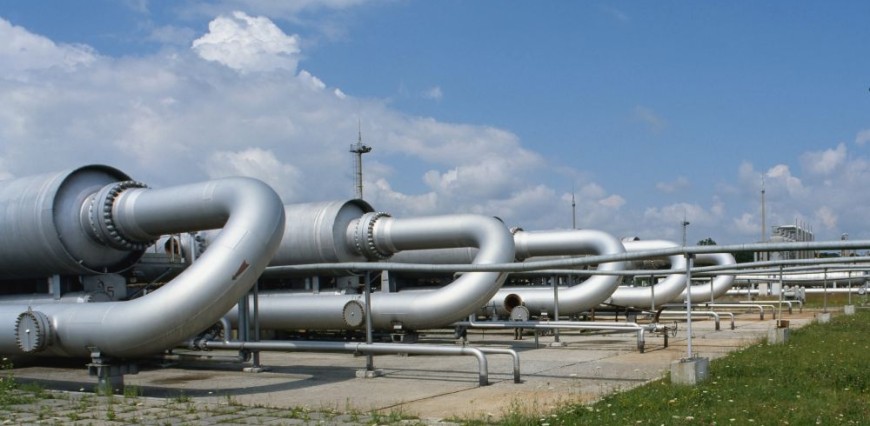U.S. natural gas futures held near an 18-month low on Thursday as the market waits for direction from a federal report expected to show last week’s storage withdrawal was much smaller than usual because the weather then was warmer than normal, keeping heating demand low.

That lack of price movement came despite bullish forecasts for colder weather and more heating demand next week than previously expected and bearish news that another liquefied natural gas (LNG) tanker turned away from Freeport LNG’s export plant in Texas, another sign the plant’s restart will likely not happen in January.
The market cares about Freeport because prices should jump once the plant returns to service as demand for the fuel rises. Freeport, which shut in a fire on June 8, 2022, can pull in around 2.1 billion cubic feet per day (bcfd) of gas and turn it into LNG when operating at full power. That is about 2% of U.S. daily production.
Analysts forecast U.S. utilities pulled just 71 billion cubic feet (bcf) of gas from storage during the week ended Jan. 13. That compares with a decrease of 156 bcf in the same week last year and a five-year (2018-2022) average decline of 203 bcf.
If correct, last week’s decrease would cut stockpiles to 2.831 trillion cubic feet (tcf), or 1.6% above the five-year average of 2.786 tcf for this time of year.
Front-month gas futures for February delivery remained unchanged at $3.311 per million British thermal units (mmBtu) at 9:41 a.m. EST (1441 GMT). On Wednesday, the contract closed at its lowest since June 22, 2021.
That lack of price movement kept the front-month in technically oversold territory with a relative strength index (RSI) below 30 for a second day in a row and the 13th time in 15 days.
In a sign that a growing number of market participants have given up hope that extreme cold will bring massive price spikes later this winter, the premium on March futures over April, which the industry calls the widow maker, fell to a record low of 2 cents per mmBtu.
That puts the futures in danger of falling into contango, with future prices higher than earlier contracts. Analysts have said that March, the last month of winter when demand for fuel for heating is high, should never trade below April, the first month of spring when demand is lower.
The industry calls the March-April spread the “widow maker” because rapid price moves resulting from changing weather forecasts have forced some speculators out of business. Among them was the Amaranth hedge fund, which lost more than $6 billion on gas futures in 2006.
With colder weather coming, Refinitiv forecast U.S. gas demand, including exports, would jump from 121.7 bcfd this week to 130.6 bcfd next week. The forecast for next week was higher than Refinitiv’s outlook on Wednesday.
Traders said the biggest market uncertainty remains when the Freeport plant will return.
Although Freeport LNG says the plant is still on track to restart in the second half of January, pending regulatory approvals, that restart timeline has already been delayed many times from October to November to December and most recently to January.
Even when the company was saying the plant could restart in 2022, many analysts said it would likely take Freeport until the first or second quarter of 2023 to get the plant ready due to the large amount of work needed to satisfy federal regulators, including training staff in new safety procedures.



